mitsu city multi for cooling and heating in ne?
codee
10 years ago
Related Stories
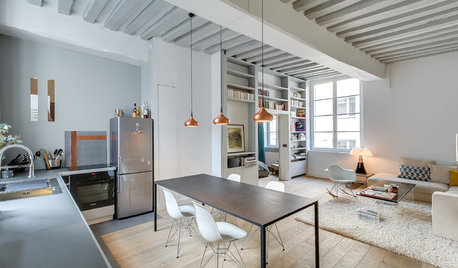
CONTEMPORARY HOMESHouzz Tour: A Cool and Contemporary Parisian Flat
Discover how a small city flat was reconfigured to form a comfortable space for open-plan living
Full Story
REMODELING GUIDESCool Your House (and Costs) With the Right Insulation
Insulation offers one of the best paybacks on your investment in your house. Here are some types to discuss with your contractor
Full Story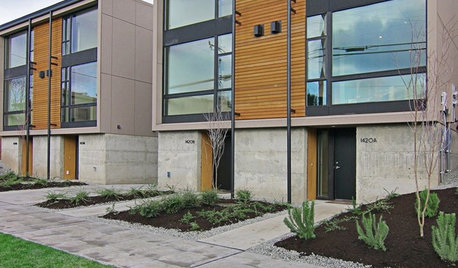
Let's Hear It for Duplexes and Townhomes
Multi-Family Projects: 21st-Century Advantages and Contemporary Style
Full Story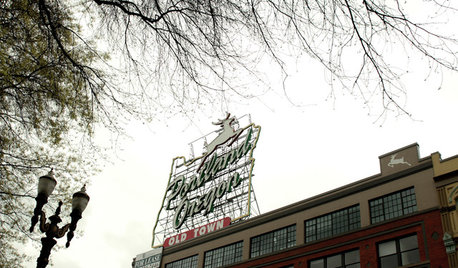
CITY GUIDESTravel Guide: Portland, Oregon, for Design Lovers
Get a dose of Portland's one-of-a-kind quirkiness through its outdoor artwork, eclectic hotels and engaging architecture
Full Story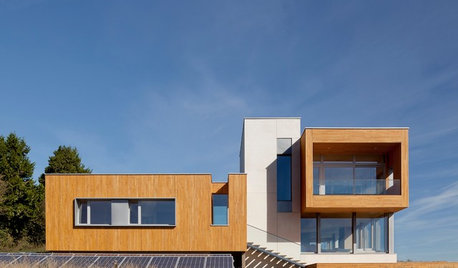
GREEN BUILDINGSunlight Used Right: Modern Home Designs That Harness Solar Power
Embracing passive heating principles through their architecture, siting and more, these homes save energy without skimping on warmth
Full Story
HOUZZ TVHouzz TV: This Dream Midcentury Home in a Forest Even Has Its Own Train
Original wood ceilings, a cool layout and, yes, a quarter-scale train persuaded these homeowners to take a chance on a run-down property
Full Story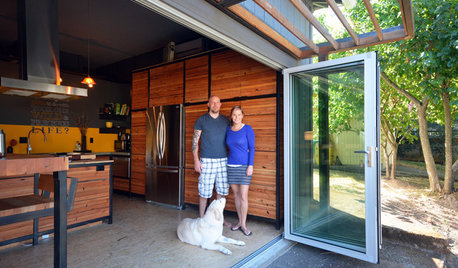
MY HOUZZHouzz TV: A Couple’s Garage Becomes Their Chic New Home
Portland, Oregon, homeowners find freedom in a city-approved garage home with DIY industrial flair
Full Story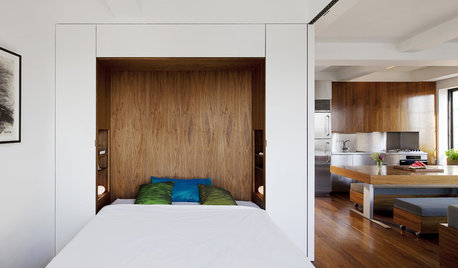
HOUZZ TOURSHouzz Tour: A Manhattan Studio Opens to Flexibility
A dilapidated prewar studio becomes an efficient, adaptable living space filled with sunshine in space-hungry New York City
Full Story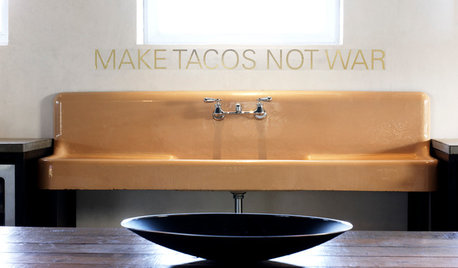
10 Ways to Round Up Some Texas Style
Get a Lone Star State feel minus the clichés with cool art, hipster vinyl and pieces with history to balance the look
Full Story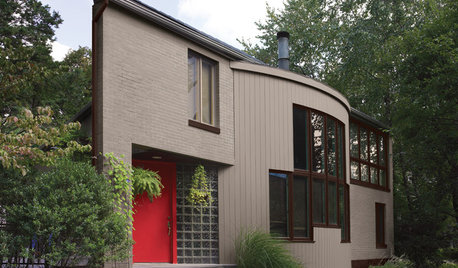
EXTERIOR COLORExterior Color of the Week: Tasteful Taupe
When you want to skip the peachy beiges and ubiquitous creams, consider this rich cool brown neutral instead
Full StoryMore Discussions






fsq4cw
ionized_gw
Related Professionals
Belleville Solar Energy Systems · Whitman Solar Energy Systems · Alum Rock Solar Energy Systems · Ashburn Home Automation & Home Media · Coral Terrace Home Automation & Home Media · Fort Lauderdale Home Automation & Home Media · Grand Rapids Home Automation & Home Media · Millbrae Home Automation & Home Media · Naperville Home Automation & Home Media · Pittsburgh Home Automation & Home Media · Plant City Home Automation & Home Media · West Elkridge Home Automation & Home Media · West Palm Beach Home Automation & Home Media · Shawnee Fireplaces · West Valley City Fireplacesfsq4cw
codeeOriginal Author
ionized_gw
codeeOriginal Author
mike_home
codeeOriginal Author
ionized_gw
Peter Steinberg
tigerdunes
codeeOriginal Author
ionized_gw
fsq4cw
ionized_gw
fsq4cw